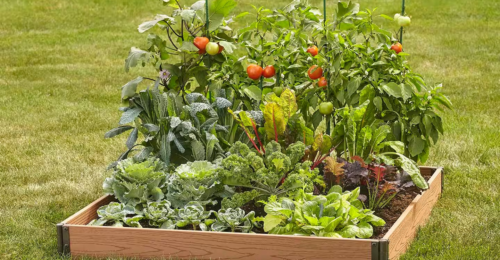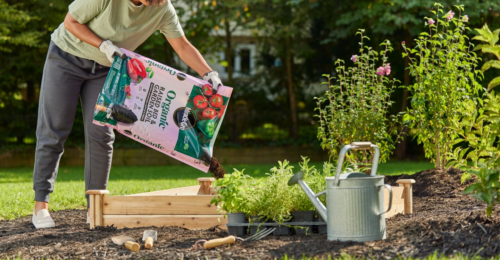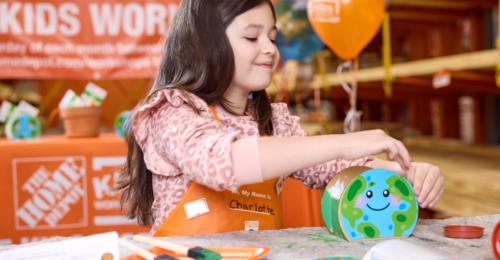For many families, searching for the perfect tree is a tradition. There’s something magical about strolling through rows of freshly cut Christmas trees with your family.
That nostalgia we all experience at the end of every year holds a special place in supporting sustainable farming and the natural environment. At The Home Depot, we partner with family-owned farms across the country to bring your family fresh, natural Christmas trees for the holiday season.
Sustainably Raising Christmas Trees
What many people don’t realize is that Christmas trees are farmed just like any other crop. “These trees are replanted,” says Jennifar McComish, a Live Goods Specialist for The Home Depot who has worked hand in hand with Christmas tree farmers across the country. “They are planned, grown on land that often cannot support other crops.” New saplings are planted every spring while the mature trees are harvested every fall.
“Many of these Christmas tree farms operate on land not suitable for other crops. Sometimes, they’re on hillsides or under powerlines,” Jennifar tells us. There, they provide natural protection against soil erosion while creating habitats for wildlife. “Christmas tree farmers are resilient and patient farmers as this crop takes many years for them to see a return on their investment,” she says. It takes seven to eight years before farmers see a return, as the trees grow about one foot every year.
But that’s time well-spent for the environment. The tree crops absorb carbon dioxide, making our air and our communities healthier places to live. In fact, one acre of Christmas tree farms can produce enough oxygen for 18 people to breathe, every year.
Stewards of the Earth
For many of these farmers, Christmas tree farming isn’t just a business – it’s a tradition. “Christmas tree farming is a nostalgic industry,” Jennifar says. “Farmers take great pride in their trees.”
Most of the farms that The Home Depot partners with are family-owned, often passed down from one generation to the next. Trees aren’t just their crop, they’re their craft. When planting, farmers make sure to keep rows between the trees mowed to reduce weeds from absorbing precious nutrients the trees need, minimizing the amount of fertilizer needed. Most trees are hand-pruned with machetes instead of machines, meaning less carbon emissions while taking care that each tree is perfectly shaped. Many of the trees are palletized as to maximize shipping capacities and reduce the amount of trucks needed on the road, reducing carbon dioxide output.
And for every tree harvested, farmers plant at least one, and up to three, new trees. All through the season, retailers and farms forecast the needs of the future. It’s a long-term vision that keeps those family farms in business, leading to that special moment when you put your family’s star on top.
Life After the Lights Go Dim
When the holiday season is over, it may be the end of your tree’s life in your home, but it’s hardly the end of the tree’s life. Through community recycling programs, trees find new life as mulch for playgrounds and gardens and natural barriers for erosion control, and even become natural habitats for fish hatcheries. Your local zoo might even use recycled Christmas trees to give the animals new and exciting ways to explore their environments.
“A Christmas tree is more than just decoration. It’s a memory-maker for families,” says Jennifar. “People remember where they bought their tree. It brings them back to childhood experiences. They’re stringing popcorn and cranberries again in a safe environment.”
That fresh fir scent connects you to nature, bringing happiness into your home. But it does more than that. The tree you choose this year represents the years of care, culture and dedication that the families The Home Depot partners with put into it, while making your family’s holiday season joyful, sustainable and smelling wonderfully.







